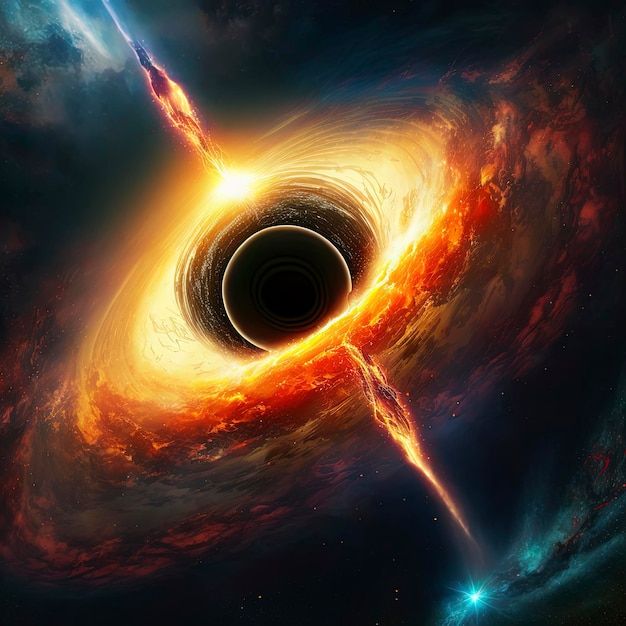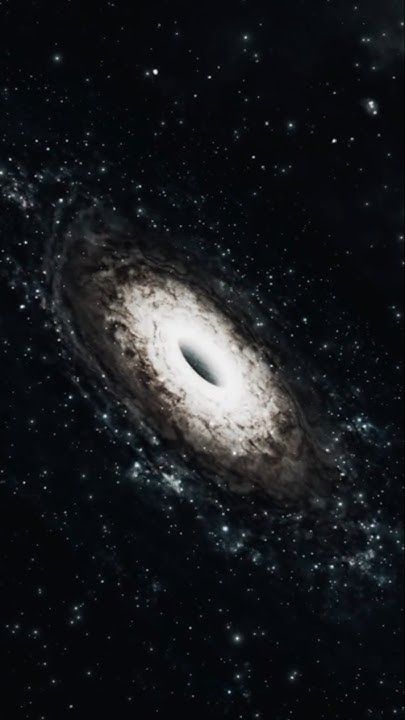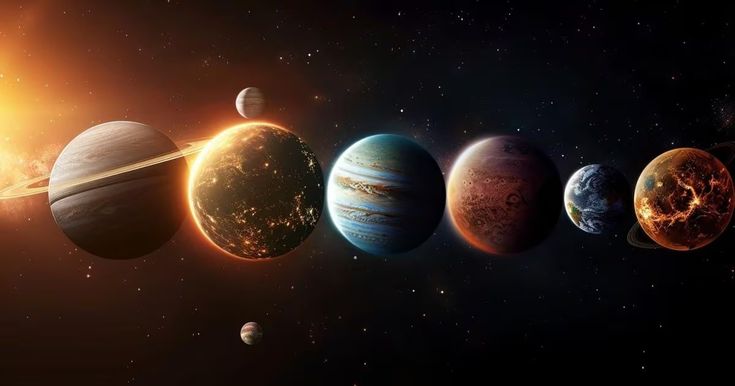Could the Secrets of Dark Matter Be Locked Within Cosmic Monsters?
Deep within the heart of galaxies, black holes devour everything that crosses their event horizons. Their immense gravitational pull is the stuff of cosmic nightmares. But now, scientists believe these terrifying titans might also be the universe’s most powerful particle accelerators—natural colliders that could help us unravel the mystery of dark matter.
In a new wave of research, physicists propose that the extreme environments near black holes might generate particle collisions so intense that they could rival, or even exceed, the capabilities of man-made colliders like CERN’s Large Hadron Collider (LHC). And these collisions might just be what we need to detect and study dark matter, the elusive substance that makes up more than a quarter of the universe’s mass—yet has never been directly observed.
Cosmic Collisions at the Edge of Space-Time
Picture this: two dark matter particles spiral toward the abyss of a supermassive black hole. As they accelerate under its immense gravitational force, they reach mind-blowing energies before slamming into each other—right near the event horizon. In that brief moment, a window may open into a realm of physics we’ve never seen.
This scenario, once considered too theoretical to be practical, is now gaining serious scientific attention. Black holes, researchers argue, are more than just cosmic vacuum cleaners—they are engines of extreme physics, and their surroundings might be teeming with high-energy interactions that mimic or surpass those in Earth-based labs.

Why Dark Matter?
Dark matter is the ultimate cosmic ghost. We can’t see it, touch it, or measure it directly. But we know it’s there because of its gravitational influence—it shapes galaxies, bends light, and influences the expansion of the universe. For decades, scientists have hunted for signs of dark matter particles, with underground detectors and powerful colliders failing to deliver a conclusive result.
So, the new idea is bold: instead of building bigger machines on Earth, why not use the universe itself as a laboratory?
By studying the regions near black holes, particularly rotating (Kerr) black holes, scientists can model how particles behave in the most extreme conditions. If two dark matter particles annihilate near the event horizon, they could produce bursts of radiation or exotic particles that we might one day detect with advanced telescopes and sensors.

Using Light to Trace the Invisible
Detecting dark matter this way wouldn’t be easy—but it might be possible. When particles annihilate near black holes, the resulting emissions, such as gamma rays or X-rays, could leave distinctive signatures. By analyzing these emissions from areas surrounding known black holes, scientists may find patterns that hint at dark matter interactions.
The study of these emissions could also reveal how black holes influence particle physics in general. We might learn how matter behaves in the highest-energy environments in the universe—offering insights into quantum gravity, relativistic effects, and perhaps even new particles beyond the Standard Model of physics.
The Universe as a Collider
While the LHC collides particles at nearly the speed of light, the collision energy is limited by human engineering. Black holes, however, don’t have those limits. Their gravity pulls matter into motion at extreme speeds, and near their spinning edges, the energy available for collisions could be millions of times higher than anything we can achieve here on Earth.
That means the universe itself could be running experiments far beyond our reach—and all we have to do is look in the right direction.
What’s Next?
Scientists are now using simulations and astrophysical models to predict where and how these black hole–powered collisions might occur. Observatories like the James Webb Space Telescope, the Fermi Gamma-ray Space Telescope, and next-generation X-ray and radio telescopes may soon be tuned to scan black holes for signs of dark matter.
If even one of these cosmic collisions produces a detectable signature, it could change the course of modern physics. It might confirm the existence of dark matter particles—or even uncover new forces of nature.
Final Thoughts: A Universe Full of Answers
Black holes have long been feared as destroyers. But what if they’re also creators—forging clues to the greatest mysteries of the cosmos in their swirling, violent maelstroms? This new theory invites us to stop looking only at Earth for answers and to embrace the idea that the universe itself is a living laboratory.
Somewhere, on the edge of a spinning black hole, dark matter may be revealing its secrets. And the eyes of our telescopes are finally beginning to see.


